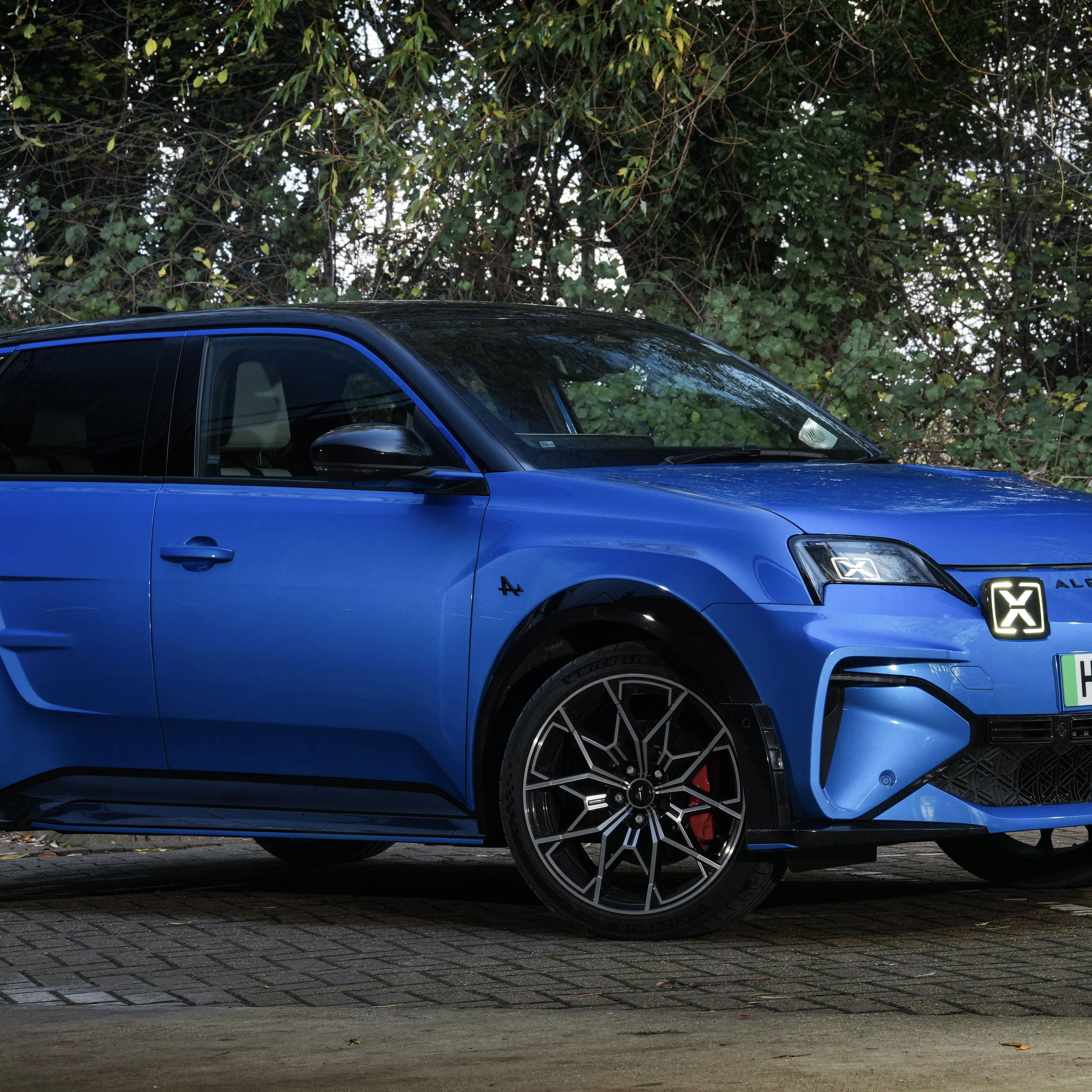Ford C100 Group C At Le Mans~ A #blogpost By Maxwell
Last year Ford made its official return to the 24 Hours of Le Mans in the GT class with its new GT racecar, 50 years after the first overall victory of its GT40, the Detroit manufacturer also has a history in prototype racing in the famous French endurance classic. The Ford C100, a sports prototype initially built to Group 6 regulations before evolving to Group C, was intended to take on the likes of Porsche, Lancia and Rondeau but never fully lived up to that full promise. Len Bailey, who was involved with the Ford GT40 program in the 1960s, was brought in to design the car, which was originally intended to debut at Le Mans in 1981 before facing production delays. Finally, it made its debut at Brands Hatch in 1981, followed by Le Mans the next year, with two Zakspeed-run cars on the grid under the Ford-Werke AG banner. Where the C100 would be completely unreliable, Porsche’s 956 would be dominant, finishing in numerical order at the first Le Mans run to the new regulations. However, neither the Manfred Winkelhock/Klaus Niedzwiedz or Klaus Ludwig/Marc Surer-driven cars made it to the finish.
However, Bailey left at the end of the year, with Zakspeed hiring Tony Southgate to further develop the C100 for the 1982 season, which proved to be a monstrous task. With the help of John Thompson, he carried out thorough work on the suspension, and developed a stronger honeycomb aluminum chassis than the original one. After a start to the season, Manfred Winkelhock and Klaus Ludwig finished a race with the C100. In the 6 Hours of Silverstone, two chassis are ranked 8th and 10th, before claiming pole in qualifying at the Nurburgring, where they retired with gearbox failure. In addition to its WEC program, the C100s also competed in the German-based DRM championship. Further redevelopments of the cars were made for 1983 before being evolved into the Zakspeed C1/8, which proved to be more successful than Ford’s short-lived European factory effort.
A turbo version of the DFV V8 engine was then installed in the car in the 1982-83 off-season. The work done by John Thompson impressed Ford so much that he is commissioned to develop a new version, the Ford C100 MK3. But this one is killed in the bud as Ford stops the program suddenly. The C100 nevertheless won its first victory in the meantime, in the Deutsche Rennsport Meisterschaft, at the Hockenheim Grand Prix. After stopping the program, Zakspeed continued with the C100, or rather derived versions, the C1 / 4 and C1 / 8 . The Peer Racing team will be the only one to hire a C100 chassis in 1983 at Brands Hatch, Le Mans and Thruxton. At the end of the season, it went back to Brands Hatch, but an accident in testing will deprive it of race.
Make no mistake, the Ford C100 program was very much a European effort, but under the consent of Detroit. It had marked the Blue Oval’s return to La Sarthe for the first time since 1973.
Thanks for reading
~Maxwell












Comments
Great post.
+Follow